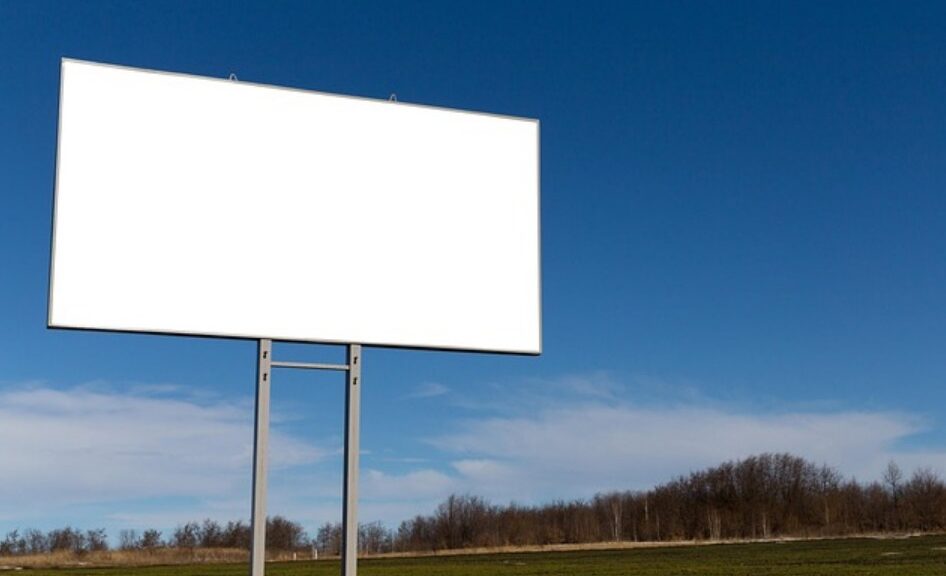
The Impact of Hoarding Graphics on Urban Aesthetics and Branding
In modern cities, construction and renovation are a constant presence. While necessary for growth, active sites can often disrupt the visual harmony of the urban environment. This is where hoarding graphics come into play, offering a creative and strategic solution to transform otherwise unsightly spaces into assets that enhance city life and promote brand identity.
Turning Eyesores into Visual Attractions
Unadorned construction hoarding can leave a negative impression, suggesting neglect or disorganisation. Well-designed hoarding graphics, however, change the narrative entirely. By incorporating art, community messages, or brand storytelling, these installations transform blank walls into engaging public displays. They soften the visual impact of construction work, often becoming talking points or landmarks in their own right.
A Powerful Branding Opportunity
For developers, retailers, and public institutions, hoarding space represents an underused marketing canvas. A carefully planned graphic can generate anticipation, communicate values, or showcase future developments. Unlike traditional advertising, hoarding graphics sit naturally in the urban landscape, subtly influencing perceptions over weeks or months. They create a memorable presence long before a project is completed, laying important groundwork for future engagement and sales.
Supporting Community Identity
Urban spaces are deeply tied to the identity of their communities. Sensitive, well-executed site hoarding design reflects this by featuring local art, historical references, or community initiatives. Rather than isolating the construction site from the public, the hoarding invites participation and fosters goodwill. In areas undergoing major regeneration, this approach helps maintain a sense of pride and continuity during periods of change.
Enhancing Wayfinding and Safety
Beyond aesthetics and branding, hoarding graphics serve a functional role. Clearly marked pathways, safety notices, and directional signage can be seamlessly integrated into designs, improving pedestrian experience and maintaining order. A thoughtful graphic layout avoids clutter, making information easy to find and enhancing the overall safety of a busy construction zone.
Sustainability Matters
Modern printing services and installation techniques allow for eco-friendly hoarding solutions. Recyclable materials, low-VOC inks, and modular panel systems ensure that temporary graphics do not leave a lasting environmental footprint. This attention to sustainability further strengthens a brand’s image as a responsible and forward-thinking operator within the urban fabric.
The rise of hoarding graphics reflects a broader shift towards more thoughtful urban design and smarter branding. By reimagining temporary barriers as storytelling tools, businesses and developers can positively influence the cities they work in — creating visual interest, fostering community connection, and leaving a lasting impression.